This can be done by ensuring that you or others at the workplace are not exposed to levels of airborne contaminants above their workplace exposure standard (WES) or from 1 December 2026 their workplace exposure limit (WEL). Your employer may also have duties to conduct air and health monitoring in your workplace.
As a worker, you have the right to be safe at work. You also have a responsibility to protect yourself and other people around you at work. This includes following work health and safety instructions, policies and procedures to protect you from harm from airborne contaminants.
If you are worried about a serious risk to your health and safety, you have the right to stop or refuse to carry out work. If you do this, you must inform your employer as soon as you can.
How risks are managed
Your employer must identify and manage the risks from airborne contaminants to keep you safe at work. They also need to consult with workers and any health and safety representatives through this process.
There may already be control measures in place at your work. This could include things like:
- removing materials or processes that cause airborne contaminants in the first place (for example, stopping dry cutting)
- using less dusty or harmful products where possible
- removing workers from areas with airborne contaminants (for example using machinery with an enclosed cabin)
- using local exhaust ventilation
- reducing the time you exposed to airborne contaminants, or
- providing you with personal protective equipment (PPE) such as masks.
If you are required to wear PPE, your employer must also provide you with training on using and maintaining it correctly.
Your employer may also be required to conduct air monitoring or health monitoring.
